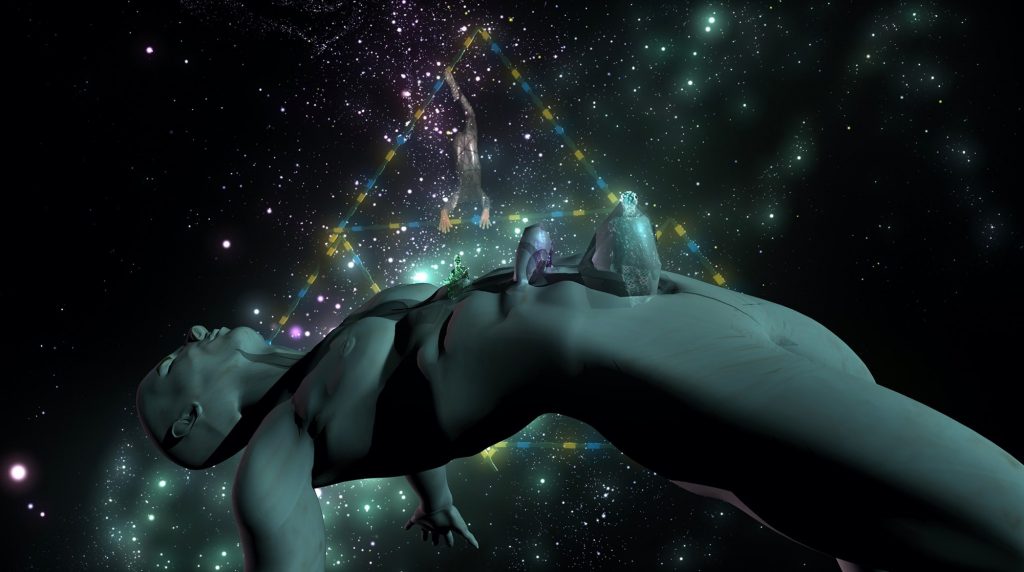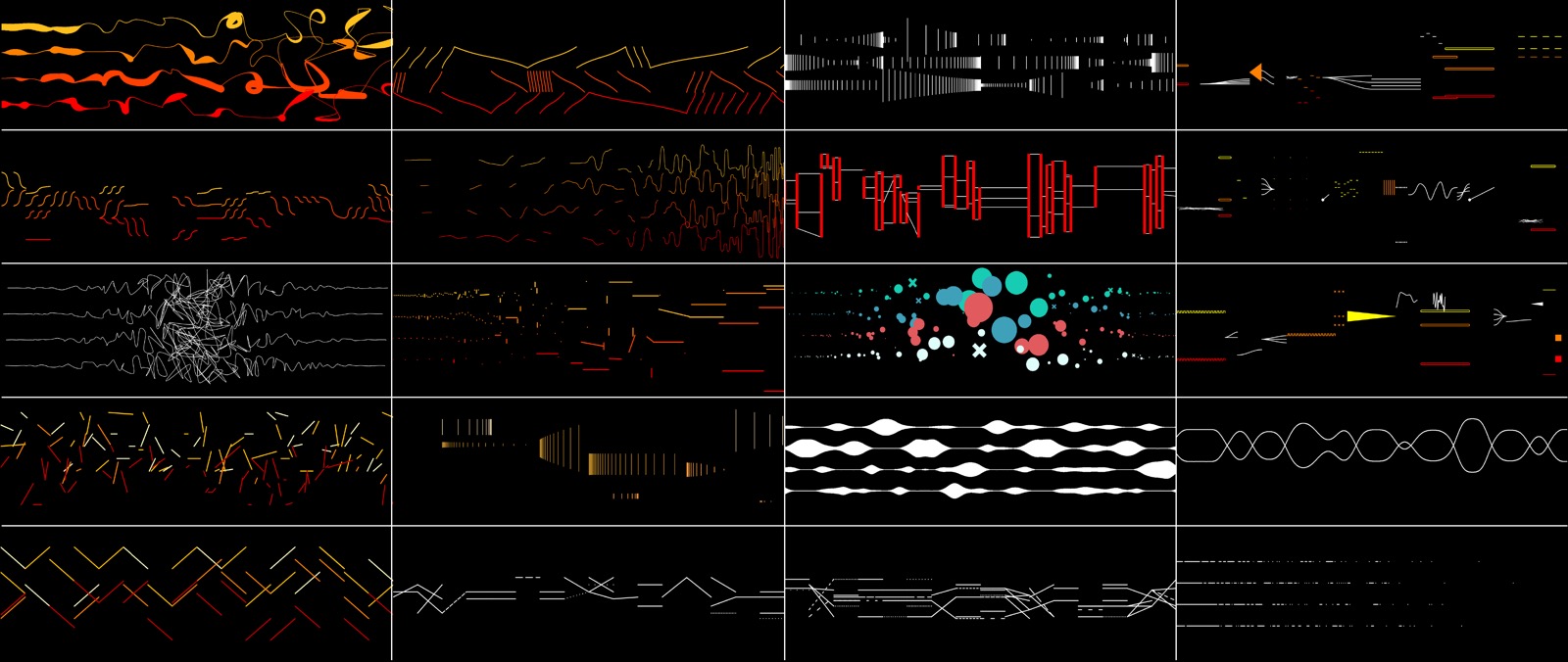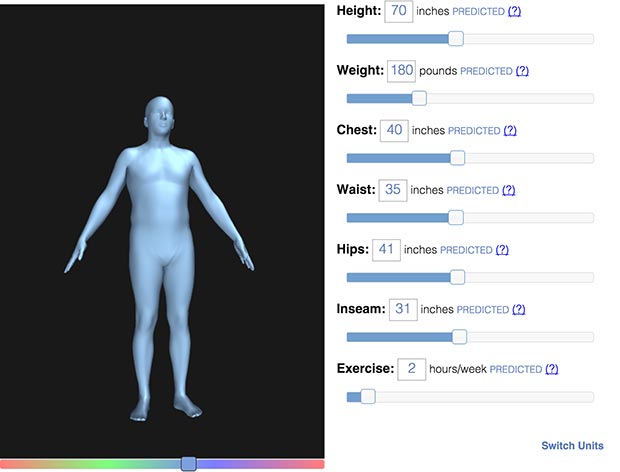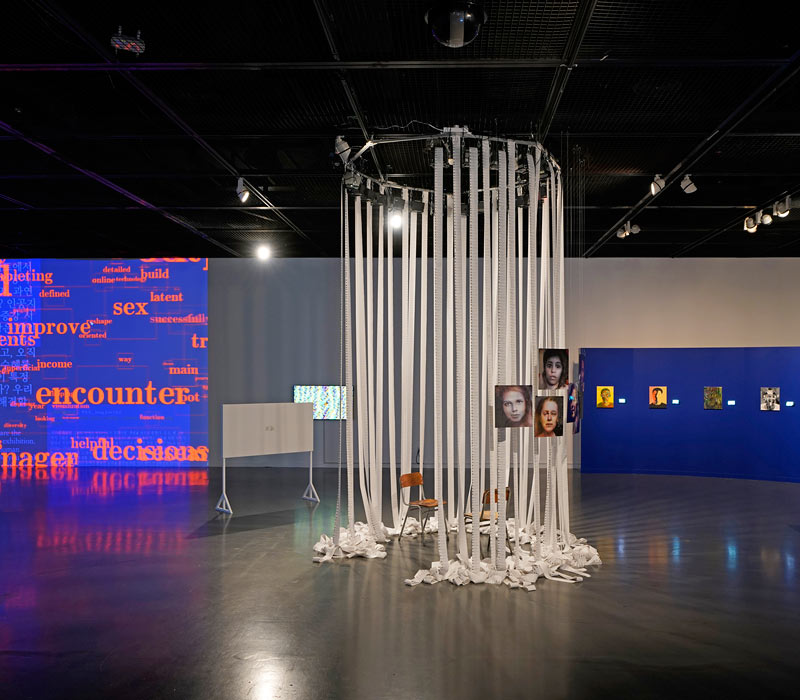var x = 75;
var y = 75;
function setup() {
createCanvas(600, 600);
background(207, 241, 252);
rectMode(CENTER);
ellipseMode(CENTER);
}
function module(x, y) { //creating the individual circular modules
noStroke();
fill(255);
ellipse(x, y, 150, 150);
fill(207, 241, 252); //alternating fills of white and blue to create a visual pattern
rect(x, y, (150/sqrt(2)),(150/sqrt(2)));
fill(255);
ellipse(x, y, 100, 100);
fill(207, 241, 252);
ellipse(x, y, 100, 50);
ellipse(x, y, 50, 100);
fill(255);
ellipse(x, y, 80, 30);
ellipse(x, y, 30, 80);
fill(207, 241, 252);
ellipse(x, y, 40, 40);
fill(255);
rect(x, y, (40/sqrt(2)),(40/sqrt(2)))
fill(207, 241, 252);
ellipse(x, y, 40, 10);
ellipse(x, y, 10, 40);
}
function draw() {
for (x = 75; x <= 725; x += 150) { // creating a grid to make a patterned wallpaper
for (y = 75; y <= 725; y += 150){
module(x, y);
}
}
}
I really like playing with geometry and colors, so I wanted to create something that can resemble a pattern or even a visual illusion when looked at from a distance.
![[OLD SEMESTER] 15-104 • Introduction to Computing for Creative Practice](https://courses.ideate.cmu.edu/15-104/f2021/wp-content/uploads/2023/09/stop-banner.png)



